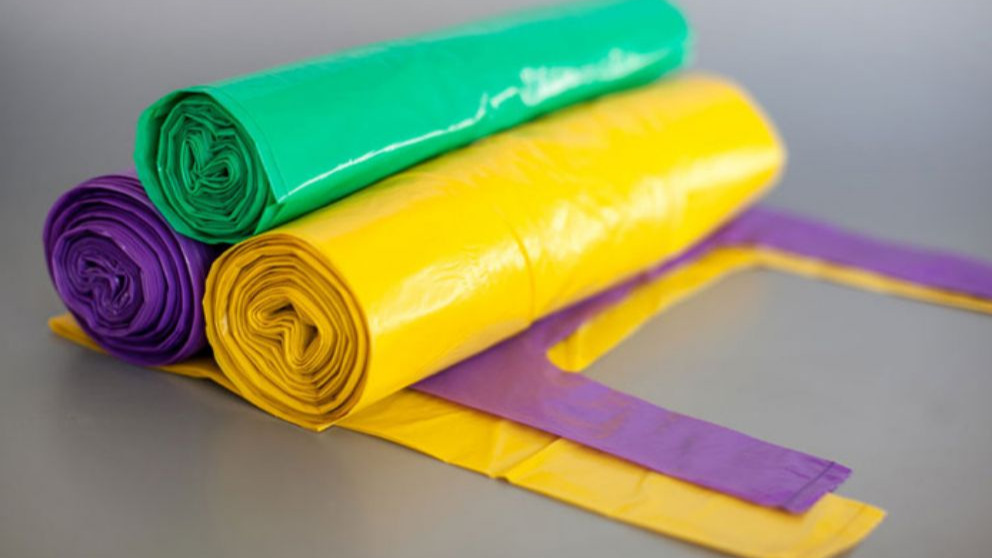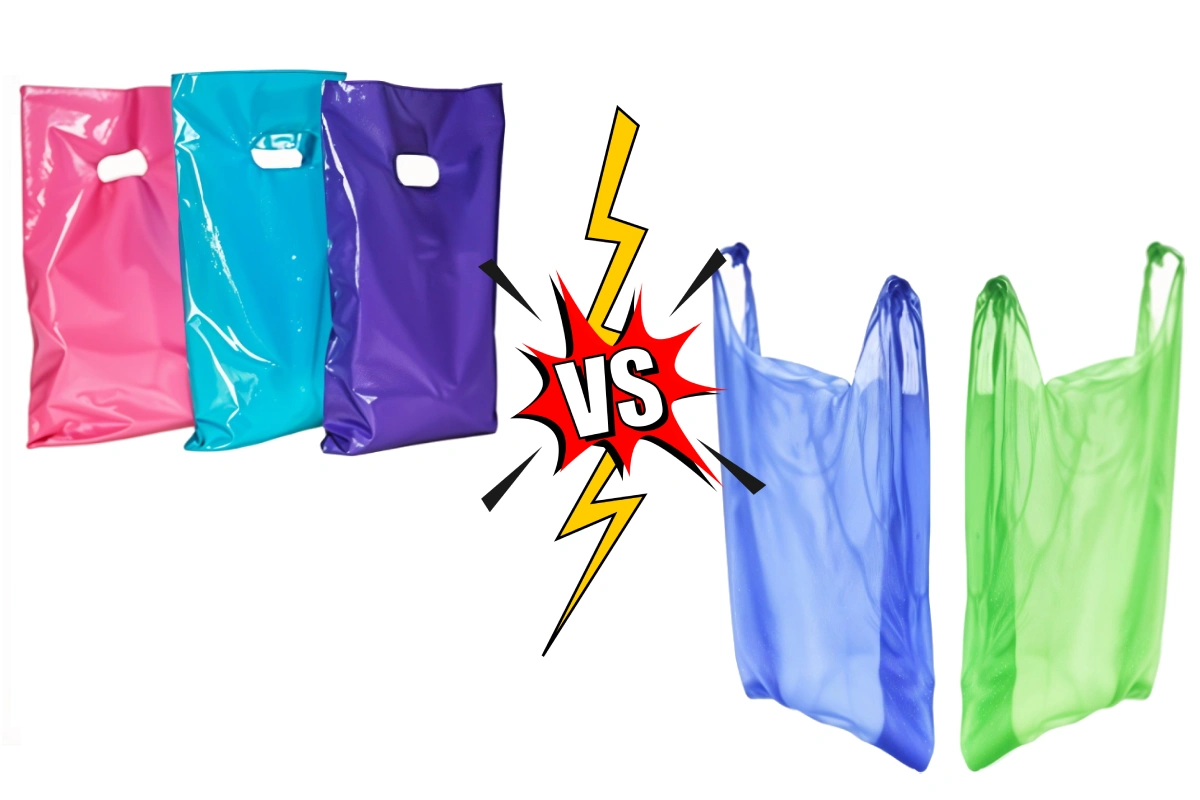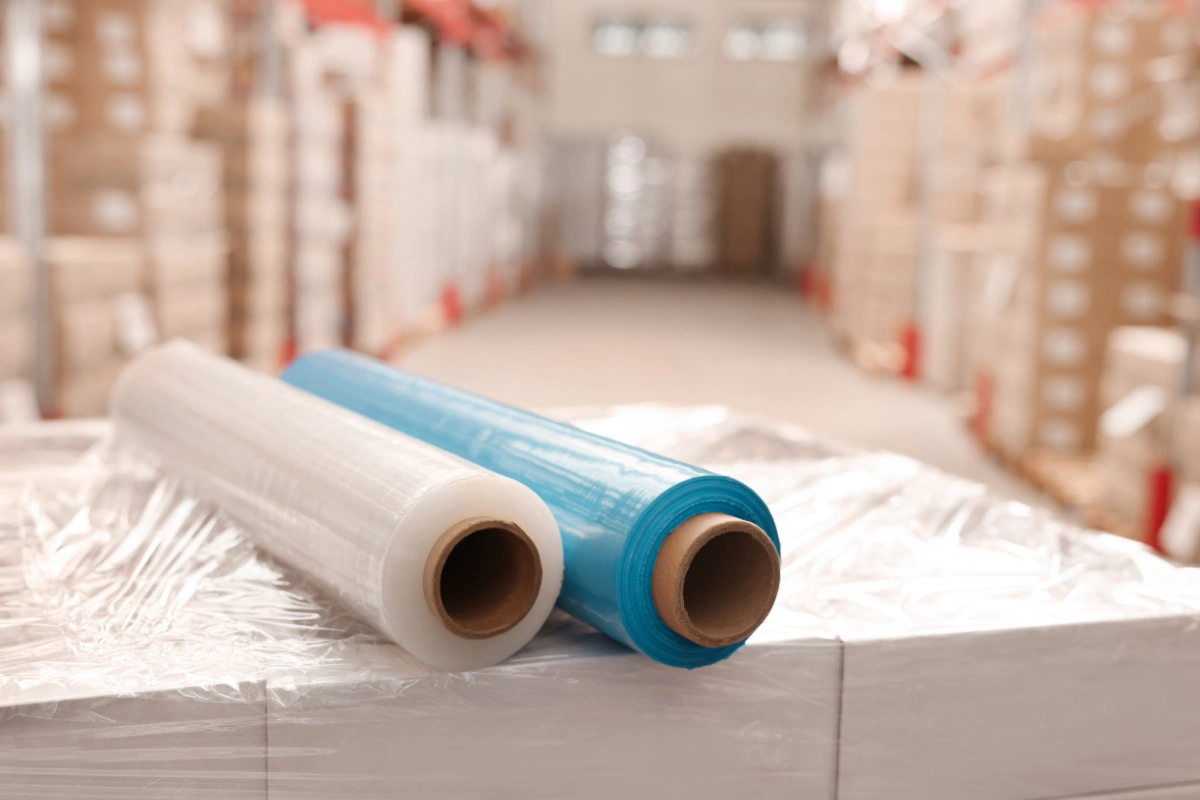Ever wondered what sets nylon and nylex apart? While both are types of plastic widely used across different industries, their properties and applications vary significantly. Understanding these differences helps businesses choose the right material for packaging, textiles, and more. In this article, we’ll break down their key characteristics, uses, and how they compare.
What is Nylon?
Nylon is a synthetic polymer belonging to the polyamide family. First developed in 1935, it quickly gained popularity due to its high strength, flexibility, and durability. Today, nylon is used in industries ranging from textiles to packaging and even industrial components.
Key Features of Nylon:
- High tensile strength – Can handle heavy loads and resists impacts, cracks, and abrasions.
- Flexibility – Molds easily while maintaining elasticity.
- Heat resistance – Withstands high temperatures without deformation.
- Chemical resistance – Holds up against many chemicals, making it suitable for industrial use.
Common Applications of Nylon:
- Textile industry – Used for clothing, socks, and various fabrics.
- Packaging – Found in film wraps and industrial packaging materials.
- Industrial parts – Essential in machinery and equipment components.
Types of Nylon:
- Nylon 6 – Derived from caprolactam, known for its toughness.
- Nylon 66 – Made from adipic acid and hexamethylenediamine, offering higher durability.
- Nylon 12 – Notable for its moisture resistance.
What is Nylex?
Nylex is another type of plastic with properties similar to nylon but with distinct differences. Made primarily from polyethylene or polypropylene, it’s lightweight and durable. Unlike nylon, nylex has a matte finish and doesn’t reflect light. It’s also harder to stretch and modify.
Common Uses of Nylex:
- Food packaging – Used in plastic food bags and cellophane wraps.
- Household items – Trash bags, protective covers, and storage solutions.
- Textile applications – Producing lightweight, durable fabrics.
Cellophane is a type of nylex widely used in food packaging due to its transparency and ability to prevent moisture penetration.

Nylon vs. Nylex: What’s the Difference?
1. Raw Materials
- Nylon is made from polyamides, which have a more complex chemical structure.
- Nylex is produced from polyethylene or polypropylene, resulting in different properties.
2. Thickness & Weight
- Nylon is generally heavier and thicker than nylex.
- Plastic bags made from nylon range between 50 to 200 microns, while nylex bags are 5 to 30 microns thick.
3. Appearance
- Nylon has a glossy, smooth texture and comes in various colors.
- Nylex is typically more transparent or matte and often appears in rolls or sheets.
- Printing on nylon produces a shinier finish, while PVC printing is more cost-effective for nylex due to its matte surface.
4. Applications
- Nylon products: Sportswear, socks, packaging bags, and industrial parts.
- Nylex products: Garbage bags, shopping bags, promotional plastic bags, and protective covers.
5. Strength & Durability
- Nylon is stronger and more resistant to heat and stretching.
- Nylex can hold more weight, making it ideal for everyday uses like grocery shopping.
6. Production Process
Both materials are manufactured using extrusion machines that melt polymers into film or sheets. However, nylex production requires additional technology to control thickness and transparency.
How to Tell Nylon and Nylex Apart?
- Texture: Nylon feels softer and more elastic, while nylex is more rigid.
- Transparency: Nylex is typically clearer, while nylon has a shinier finish.
- Durability Test: Nylon stretches more before snapping back, whereas nylex maintains its shape with minimal elasticity.
Final Thoughts
Both nylon and nylex have their unique advantages. While nylon is widely used in textiles and industrial applications, nylex dominates food packaging and household products. Knowing their differences helps businesses choose the best material for their needs, whether for packaging, clothing, or industrial manufacturing.




